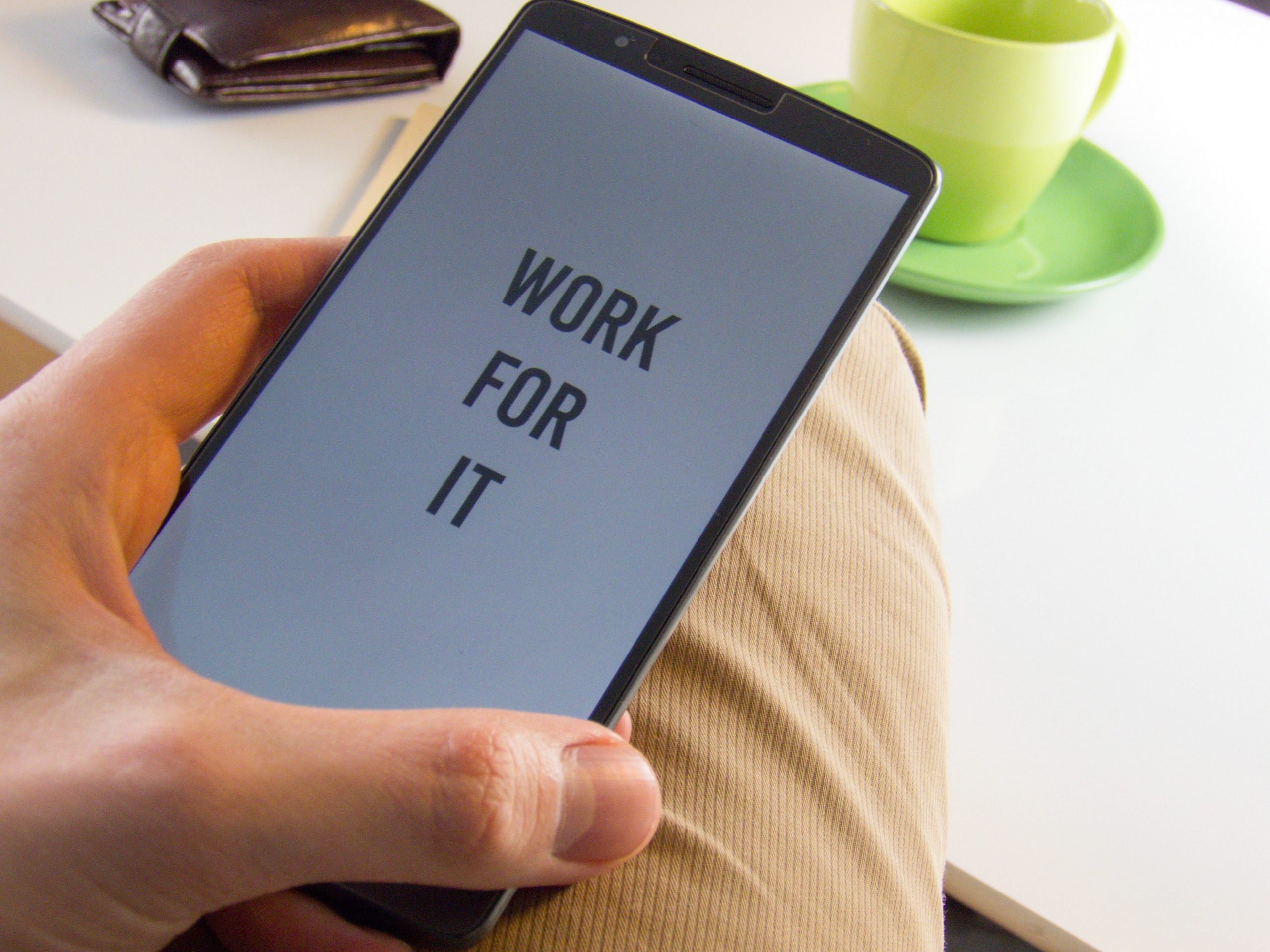
What is work demotivation, how to detect it, and what are its effects.
According to Cambridge Dictionary, motivation can be defined as “enthusiasm for doing something, or willingness to do something, or something that causes such willingness”. However, demotivation is defined as “the condition of being without motivation”. This way, work demotivation is the lack or loss of personal motivation, internal or external, which affects positively the professional results of an employee. We have already mentioned in another post that the lack of employee motivation is the rule rather than something unusual. A study carried out by Gallup Research shows that 80% of the international workforce is not motivated at work.
The first signs of lack of employee motivation are continuous tiredness and complaints to carry out new tasks or face new challenges. Other negative signs are recurring conflicts between co-workers, lack of proactive behaviour and initiative, unwillingness to increase knowledge, delays in finishing projects, and poor performance. Unsatisfied employees do not pay enough attention when working, therefore the results obtained are worse than expected.
How to develop an employee motivation strategy
First of all, we need to analyse the current situation in terms of employee motivation. To do so, it is necessary to measure objectively the current levels of employee motivation. The first step to change this situation is talking with the demotivated employees, listening them, and offering them the chance to express their point of view. If we take their opinions into account, we will reinforce their emotional bonds with the company. This can be achieved through:
– Personal interviews, which will offer qualitative data.
– Anonymous surveys, which will offer direct and honest information from the employees.
– Comparative measurements of data of previous years.
– Personalised tests to evaluate the different motivational areas, such as the Maslach Burnout Inventory (MBI).
All these procedures will help us to obtain precise information in order to improve the areas affected by the employee demotivation. The situations of lack of employee motivation can only be reversed if we know where the problems are located, so we can apply effective solutions.
In addition, we need to put in writing the employee motivation strategy that we are going to use. Besides, we need to describe the motivational dynamics that we are going to implement, and explain how they will help teams to reach their established goals. It is not just about offering economic incentives. We must change our employees’ perception about the company and their own role in it. They have to feel motivated to compete against themselves in order to do their best at work.
Some examples of employee motivation dynamics
Overcoming employee demotivation implies innovation and changes in the culture of our company. A new employee motivation strategy is the only effective way to keep our teams motivated. Below you will find some simple and effective examples:
– Workplace improvement: proper lightning, comfortable chairs, or having an appropriate break room increase the well-being of our employees, and consequently their attitude at work improves too.
– Team-building activities: employees can socialise with their co-workers in an informal environment, so communication is improved and their emotional bonds are strengthened.
– Flexible working hours: reconciling personal and family life with work is one of the key elements in the well-being of our employees and their commitment with their job position. Flexible schedules or telecommuting can be very important in order to keep teams motivated.
– Incentive plans: rewarding well-done work with money, prizes or rewards can also increase employees’ motivation only if used properly.
– Gamification: this valuable and effective motivational tool can increase sales up to 16%, according to Playmotiv’s clients. Thanks to our gamifications, we can keep employees’ motivation and interest over time while their engagement with the company is improved. This is because we establish short-term challenges, specific and achievable professional goals, and we give weekly feedback of employee performance in a fair and objective way through an app.
If you want to know how to develop gamification dynamics, please check “How does Playmotiv organise motivational dynamics?“
Suggested further reading: ” Triggering Productive Behavior: Motivation Tips for Work” by Toptal.



